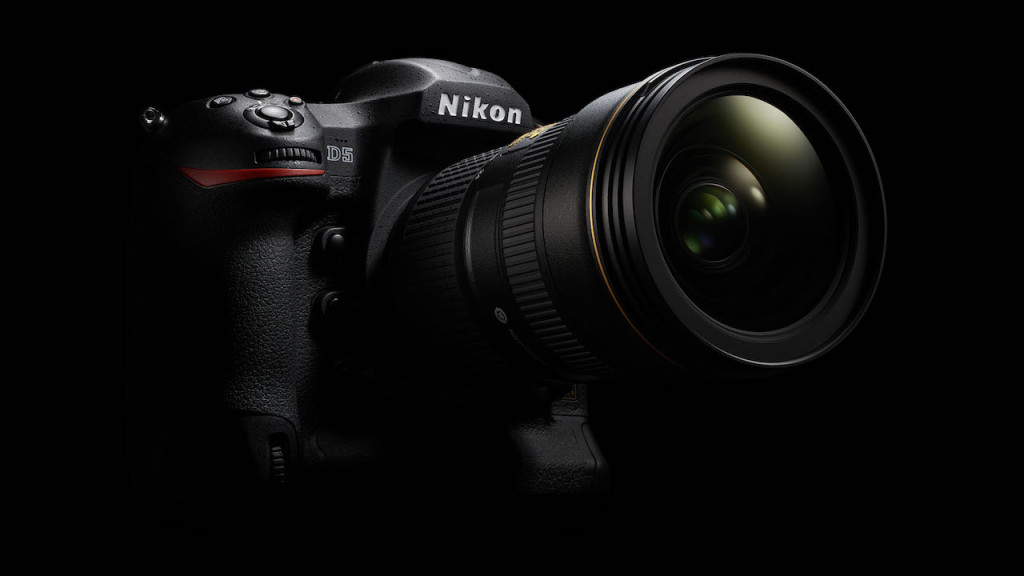I have to say that I never thought I would sit down and write about a new DSLR camera. Then I figured, why not share a few thoughts about the new D5 – after all, this new blog was born to share anything related to mirrorless cameras and it is fair to talk the DSLR competition when it is worth it.
Drawing comparisons between DSLRs and mirrorless cameras is nothing new. Over the past few years, many photographers have written about why they switched to a mirrorless system (and a few also wrote about why they went back to a DSLR). Even we at MirrorLessons are guilty of praising the advantages (but also the limitations) of these smaller cameras whilst comparing them to the Nikon and Canon models. We also can’t help but wonder why Canon and Nikon aren’t taking the mirrorless segment more seriously. The Nikon 1 is a very interesting series and has some of the best AF and continuous shooting capabilities you can find on the market but many users are reluctant to consider it because of the small 1 inch sensor. Canon, on the other hand, hasn’t really invested a lot in the the EOS M system which, as of now, only consists of four camera released over the course of 4 years with a similar number of lenses.

Today at the CES show in Las Vegas, while Panasonic was announcing a very interesting telephoto lens and a new 1 inch sensor compact camera, Nikon presented its new flagship DSLR: the D5. Its appearance won’t surprise anyone: it is a large and heavy beast designed for the most demanding professional photographers. But there are also a few specs which show that Nikon is observing and responding to some of the most interesting cameras on the mirrorless market. The most interesting aspect is definitely the high ISO performance. It reaches 3.28 million ISO with a 20MP sensor. Suddenly the Sony A7s series doesn’t seem so impressive anymore as far as numbers are concerned (the performance is yet to be seen for both stills and videos).
Now, it is important to remind ourselves that it was actually Nikon that started the recent “ISO war” with the Nikon D3s and the D4. However, it didn’t take long for the stunning performance of the Sony cameras to cast a shadow on Nikon’s flagship DSLR in terms of low-light performance. With the D5, Nikon seems to have returned to reclaim the throne.

As for everything else, the camera seems to be the most advanced Nikon DSLR in terms of autofocus performance which is not surprising. This is a camera that will be used to cover major world sporting events including the Champions League, Olympic Games and so on, a top-level territory where mirrorless cameras have yet to venture.
And yet, despite all this, a clear comparison with mirrorless cameras was mentioned during the Nikon presentation, showing on a large screen how the EVF and AF performance of these smaller cameras are far inferior to those of a DSLR. You can watch it yourself in this video (minute 8.10) published by Matt Granger (thanks Sonyalpharumors for spotting this).
Of course, these presentations are anything but unbiased but it is curious to see that the company felt the need to state why a DSLR is superior to a mirroless camera.
Nikon clearly believes that DSLRs are still state of the art and this new D5 will probably become the new reference for high-end sports photography. Will we have to wait even longer for a more advanced Nikon mirrorless camera with a large sensor? I personally believe so and it’s understandable: Nikon and Canon have spent so many years building their respective systems, so it is normal for them to want to push DSLR technology to its farthest limits. What’s more, Nikon and Canon’s lack of involvement gives more space to the mirrorless brands to evolve at their own pace.
I’ll leave you with a video we shot in 4K at high ISO values a few months ago with the A7s mark II. The combination of 4K video and high ISO performance is definitely the most interesting aspect of the Sony camera. Will the D5 deliver the same level of performance? Well, we already know its 4K capabilities are limited to 3 minutes per clip but as for the image quality, we’ll just have to wait and see!
Note: it is also worth reading this article posted by Soundimageplus that explains why the Canon 5Ds is his camera of the year and what mirrorless cameras are lacking right now.
